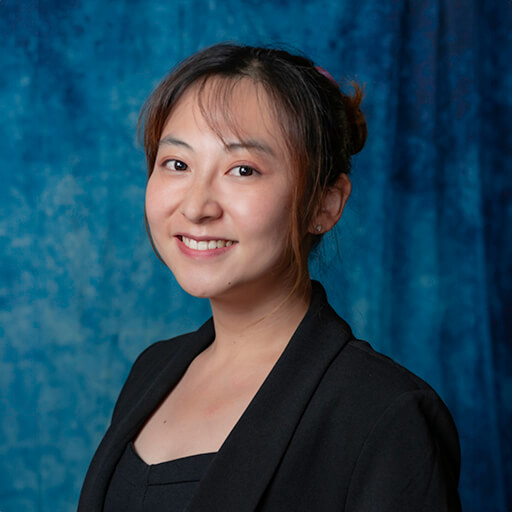Cytoskeletal Dynamics of Living Glaucoma Cells
About the Research Project
Program
Award Type
Standard
Award Amount
$50,000
Active Dates
April 01, 1995 - March 31, 1997
Grant ID
G1995423
Summary
Through the efforts of many past researchers we have learned a great deal about the functioning of the trabecular meshwork in aqueous humor outflow. The aqueous humor is produced inside the eye where it bathes and nourishes the eye tissues. The aqueous then leaves the eye primarily through the trabecular meshwork, which filters the aqueous humor as it passes by. The meshwork also supplies a needed resistance to the outflow, allowing pressure in the eye to be higher than in the veins. In glaucoma, the pressure inside the eye is too high, and this produces damage to the optic nerve, eventually causing blindness. In primary open angle glaucoma, there is no obvious obstruction to aqueous flow. The focus of our laboratory is to try to figure out what has changed in the trabecular meshwork that causes the increased resistance to outflow. The trabecular mesh work, like all tissues in the body, is made up of interlocking cells. We believe that the answer to the increased resistance found in primary open angle glaucoma will be found in these cells. Specifically, in the way the trabecular mesh work cells use their internal skeletal structures. These structures must maintain a balance between stiffness and flexibility for the cell, so that they can provide some resistance to aqueous outflow without generating too much. To study the skeletal structures inside trabecular cells we have developed a method for growing small numbers of cells from donor eyes. We can then compare cells grown from trabecular meshwork tissue from eyes that had primary open angle glaucoma with cells grown from normal eyes. By growing the cells directly on microscope slides, we do not have to transfer them onto those slides later. We can then cover the cells with a special fluid and look at them under a microscope. The microscope is especially designed to allow us to see movements and identify structures inside living cells without damaging them. This microscope is connected to a very high quality television camera, and we can tape the external and internal movements of these cells. Later we can play back images of the cells and evaluate how they are using their cell skeletons. Our specific aims include looking at how fast the cells move across the microscope slide, how actively they explore their surroundings, how well they can divide and grow, and how they move their internal storage vesicles (Inside cells, vesicles and even larger structures move along predetermined cellular pathways, similar to the circulation of nutrients in or veins, or boxcars along a train track) if any particular system is seen to be defective, it will be an important clue toward understanding the underlying cause of primary open angle glaucoma. We are excited to be able to test the idea that a fundamental flaw that may help to cause glaucoma might be discovered by looking at and studying living glaucoma cells.
Grants
Related Grants
National Glaucoma Research
The Role of Microtubules in Glaucomatous Schlemm’s Canal Mechanobiology
Active Dates
July 01, 2024 - June 30, 2026

Principal Investigator
Haiyan Li, PhD
Current Organization
Georgia Institute of Technology
National Glaucoma Research
Pressure-Induced Axon Damage and Its Link to Glaucoma-Related Vision Loss
Active Dates
July 01, 2024 - June 30, 2026

Principal Investigator
Bingrui Wang, PhD
Current Organization
University of Pittsburgh
National Glaucoma Research
Why Certain Retina Ganglion Cells Stay Strong in Glaucoma
Active Dates
July 01, 2024 - June 30, 2026

Principal Investigator
Mengya Zhao, PhD
Current Organization
University of California, San Francisco



